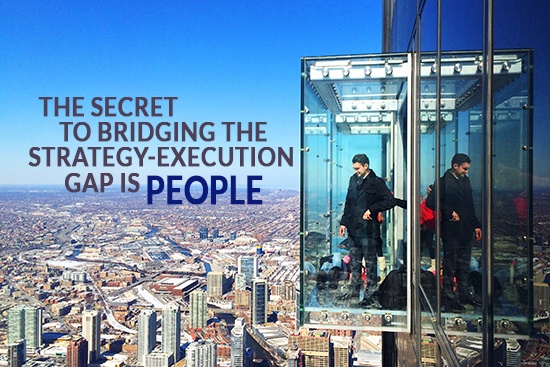In my last post, I wrote on the leadership challenge of turning vision into reality, or as some would say, bridging the strategy-execution gap. In this entry, I want to share briefly on how leaders can get what they say to line up with what they do. In other words, as leaders, how can we fix our misalignments so that everything we’re saying and doing is moving in the same direction?
True story: Mr. T.S. Wong, founder of one of the largest toy manufacturers in the world, Jetta, made a decision 38 years ago that he would focus his leadership efforts on aligning what his company said with what they did. None of his contemporaries in the People’s Republic of China in 1977 were thinking this way. “If they promised it,” Mr. Wong said, “They would do it.” He was determined that his company would not represent what they weren’t. If they said it, they would be it.




